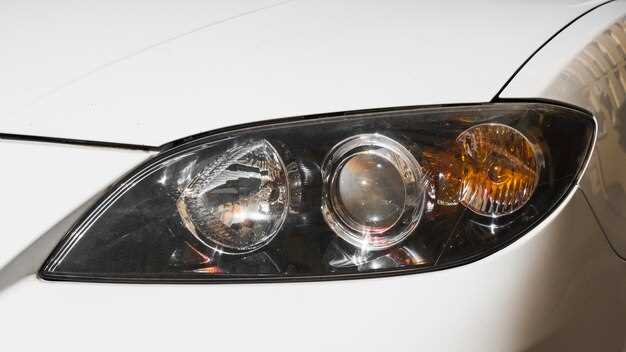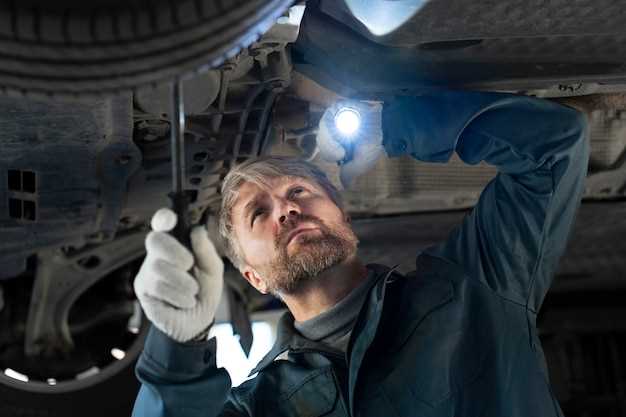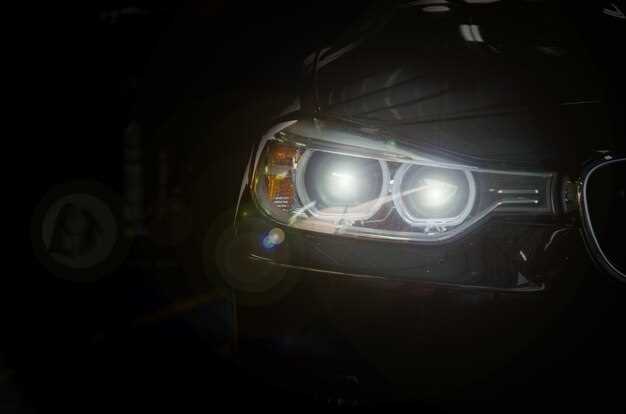
The transition to LED headlights has become increasingly popular among vehicle owners seeking to enhance their driving experience. This upgrade offers numerous advantages, including improved visibility, energy efficiency, and longer lifespan compared to traditional halogen bulbs. As automotive technology continues to evolve, many drivers are keen on understanding how these benefits can positively impact their daily commutes and nighttime driving conditions.
However, alongside these benefits, there are also drawbacks that potential buyers should consider. The LED headlights upgrade can entail significant costs and compatibility issues with certain vehicle models. Understanding both the pros and cons associated with this lighting solution is essential for making an informed decision that aligns with one’s budget and needs.
This article will delve into the key benefits and drawbacks of upgrading to LED headlights, helping readers to weigh their options and determine the best course of action for their vehicles.
Advantages of Switching to LED Headlights for Your Vehicle
Switching to LED headlights for your vehicle offers numerous advantages that make this upgrade worth considering. One of the most significant benefits is enhanced visibility. LED lights provide a brighter and whiter light compared to traditional halogen bulbs, greatly improving nighttime driving and overall safety.
Another advantage is energy efficiency. LED headlights consume less power, which can lead to a reduction in fuel consumption or battery drain for electric vehicles. This characteristic not only benefits your vehicle’s performance but also contributes to a more environmentally friendly option.
Longevity is a key factor in favor of LED headlights. With a lifespan of up to 25,000 hours or more, they often last significantly longer than conventional bulbs, which reduces the frequency and cost of replacements. This means less hassle and fewer trips to the auto parts store.
LED headlights also offer enhanced durability. They are typically resistant to shocks and vibrations, making them well-suited for various driving conditions and reducing the risk of early failure. This resilience contributes to their overall value as a long-term upgrade.
Finally, switching to LED headlights can improve the aesthetic appeal of your vehicle. Many drivers appreciate the modern and sleek look of LED lighting, which can add a stylish edge to any car. This cosmetic upgrade can increase the overall appeal and value of your vehicle.
Common Challenges Faced When Upgrading to LED Headlights

Upgrading to LED headlights can greatly enhance visibility and aesthetics, but there are several challenges that users may encounter during this transition. Understanding these potential issues can facilitate a smoother upgrade experience.
-
Compatibility Issues: Not all vehicles are designed for LED headlights. Some models may require additional modifications or specific adapters, which can complicate the installation process.
-
Electrical Demands: LED systems consume less power compared to traditional halogen bulbs; however, the initial installation might require additional circuitry to prevent flickering or malfunctioning.
-
Heat Management: While LEDs generate less heat than traditional bulbs, they can still overheat if not properly ventilated. This may necessitate the installation of cooling fans or heat sinks.
-
Brightness and Glare: Upgrading to brighter LED headlights can sometimes lead to increased glare for oncoming drivers. Ensuring proper alignment and using quality bulbs can help mitigate this issue.
-
Cost Factor: LED headlights tend to be more expensive upfront than standard options. Consideration of long-term savings on bulb replacements is essential to justify the upgrade investment.
-
Legal Regulations: Some regions have specific legal requirements for headlight brightness and color. It’s vital to ensure that the chosen LED bulbs adhere to local laws to avoid fines or complications.
-
Installation Complexity: While many upgrades can be done at home, some may require professional installation, especially if the vehicle’s wiring or housing needs modifications.
By being aware of these challenges, vehicle owners can better prepare for their LED headlight upgrade and ensure a successful transition to a more modern lighting solution.
Cost Analysis: Is the LED Headlight Upgrade Worth It?

When considering an LED headlight upgrade, it is important to analyze both the initial investment and long-term savings. LED headlights typically have a higher upfront cost compared to traditional halogen bulbs. Prices can range from $100 to $300 for a complete set, depending on the vehicle model and brand.
However, the longevity of LED lights significantly offsets this initial expense. LEDs can last anywhere from 15,000 to 30,000 hours, while halogen bulbs may only last about 1,000 hours. This extended lifespan means fewer replacements and lower maintenance costs over time.
Moreover, LED lights consume less energy, which can lead to improved fuel efficiency in the long run. Since they draw less power from the vehicle’s electrical system, this could result in minor savings on fuel, contributing to overall cost-effectiveness.
On the other hand, some vehicle owners may face compatibility issues with certain models. Upgrading to LED headlights may require additional modifications, such as installing an adapter or a new housing, which can add to the overall cost. Additionally, there is the consideration of proper installation and potential professional service fees.
Ultimately, the value of an LED headlight upgrade hinges on personal preferences and driving habits. For those who frequently drive at night or in adverse weather conditions, the enhanced visibility and safety benefits may justify the higher initial outlay. However, individuals who drive less often may find that the benefits do not outweigh the costs involved.
In conclusion, while the initial investment for LED headlights is higher, the long-term savings and advantages often make the upgrade worthwhile for many drivers, especially considering the enhanced driving experience and safety it offers.